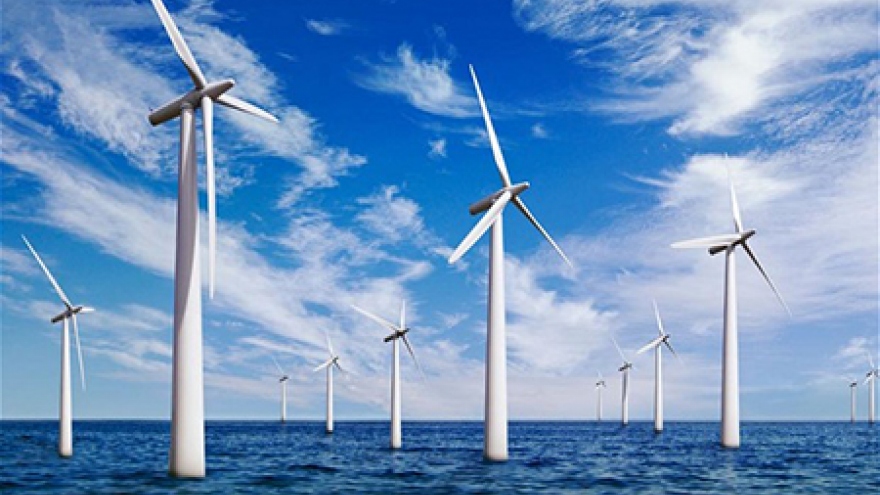Danish goliath to pioneer wind energy in Vietnam
Vestas Wind Systems from Denmark, the world’s leading wind energy producer, has promised to help Vietnam unlock its vastly underused wind potential.
 |
“Vestas has been present in Vietnam since the beginning of the country’s wind journey. The firm has recently taken a new step in development by setting up Vestas Vietnam in Hanoi. The legal entity aims to call for new industry partners to implement wind projects in the country,” Chris Beaufait, president of Vestas Asia Pacific and China, said at Vietnam Wind Seminar 2016 last week.
In 2016, the company has supplied 12 Vestas V100-2MW wind turbines for Phu Lac 1 Wind Power Plant in the central province of Binh Thuan. The project is expected to deliver 24 megawatts (MW) of clean and reliable power to Vietnam.
Next year, Vestas looks forward to delivering the 30MW Huong Linh 2 project in the central province of Quang Tri.
Under an order from Vietnamese company Tan Hoan Cau, Vestas will manufacture 15 V100-2.0MW turbines.
Beaufait stated that the Phu Lac 1 and Huong Linh 2 projects can serve as best practice examples and change the way the government and stakeholders look at wind power development in Vietnam, thereby paving the way for the full realisation of Vietnam’s wind potential.
Indeed, while Vietnam is blessed with abundant wind resources, only 158MW of wind power have been put into operation to-date.
Investors face many challenges due to a number of regulatory and market barriers, such as a low feed-in-tariff (FIT), weak grid and transmission systems, as well as the lack of financing options.
Pham Trong Thuc, head of the New and Renewable Energy Department under the Ministry of Industry and Trade (MoIT), said that the current FIT of 7.8 US cent per kWh is not attractive enough for investors, while the proposed 10.4 US cent per kWh is not feasible at the current stage of development.
“The MoIT is assessing three large existing wind farms in Bac Lieu and Binh Thuan provinces to establish the real costs of electricity production. We expect a number of wind projects will be implemented when the new FIT is put in place,” he added.
“In addition, the government also plans to increase the localisation rate in the wind energy sector to lower investment costs. The MoIT and GE have inked a Memorandum of Understanding to develop 1,000MW wind energy in Vietnam by 2025. Under the agreement, we aim to achieve 60 per cent of localisation for the project,” he said.
According to Danish Ambassador Charlotte Laursen, Vietnam’s power development strategy targets 7% renewable energy in the total national electricity production in 2020, increasing to 10% in 2030, excluding hydro-power.
“Wind has an important role to play in achieving these targets. Denmark is well prepared to help Vietnam meet, and perhaps, even exceed these targets,” she noted.


